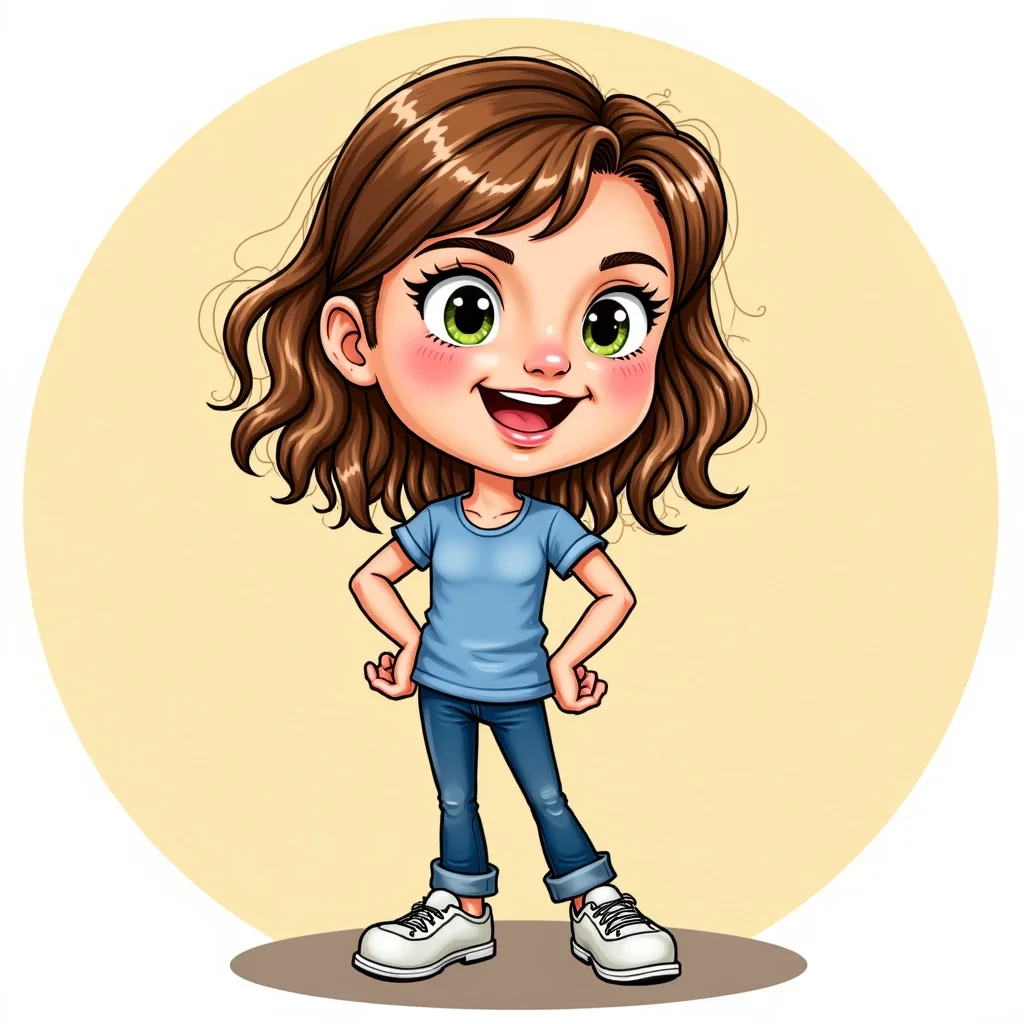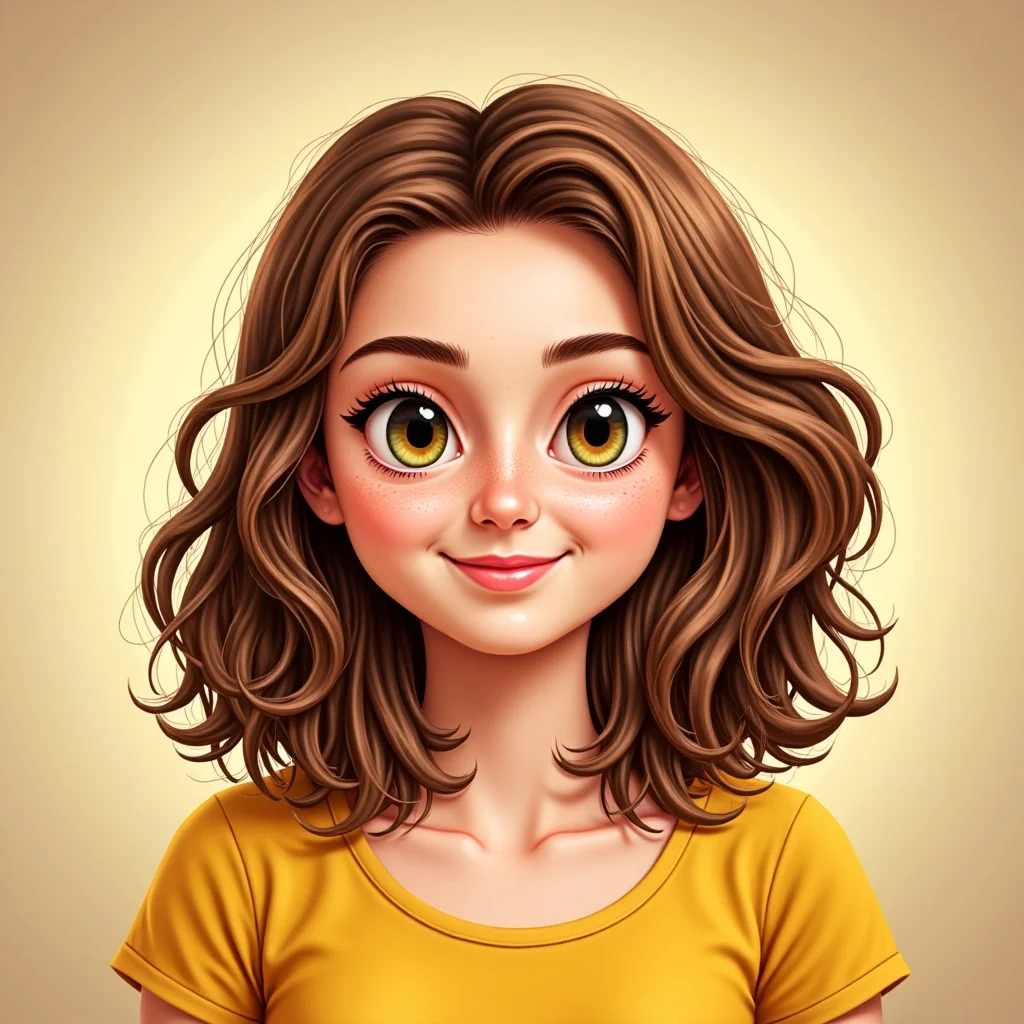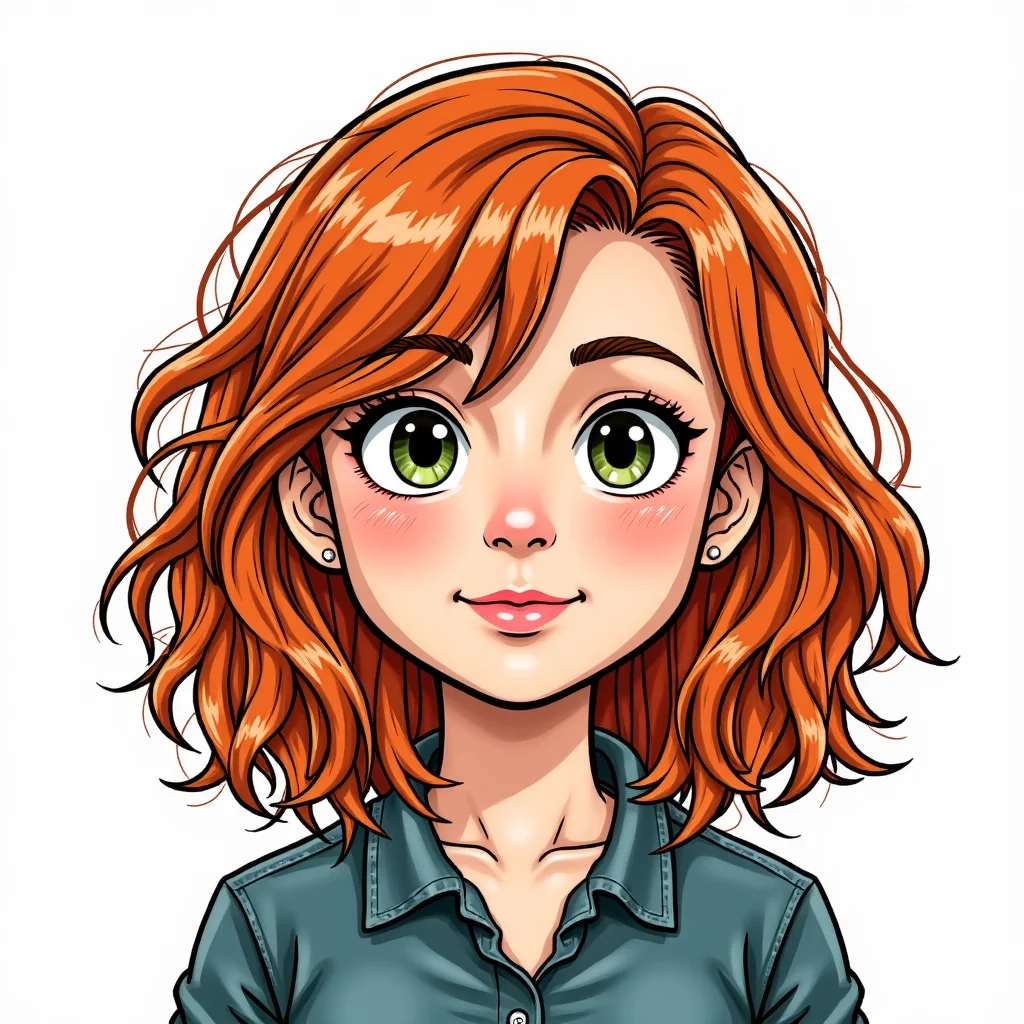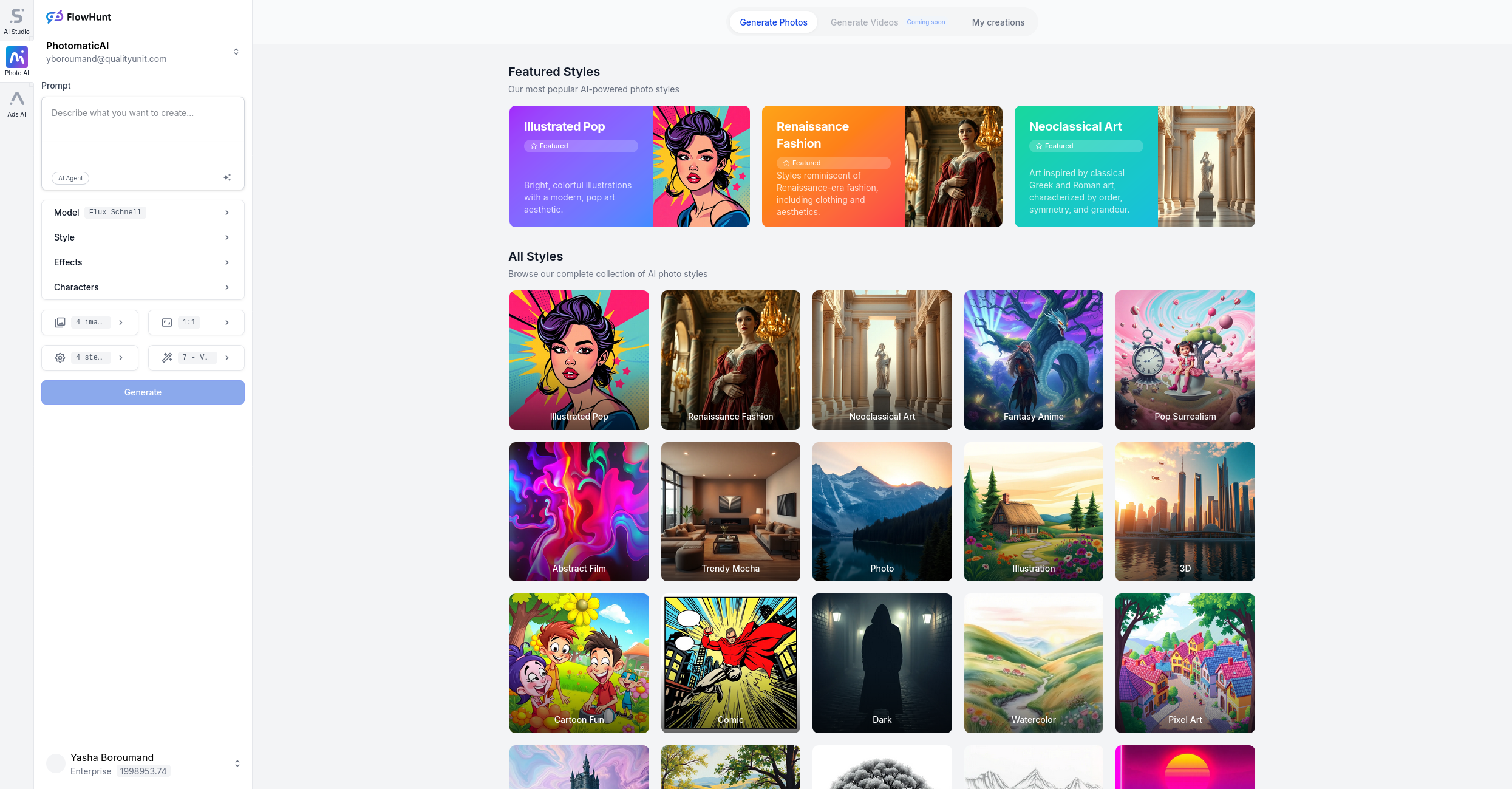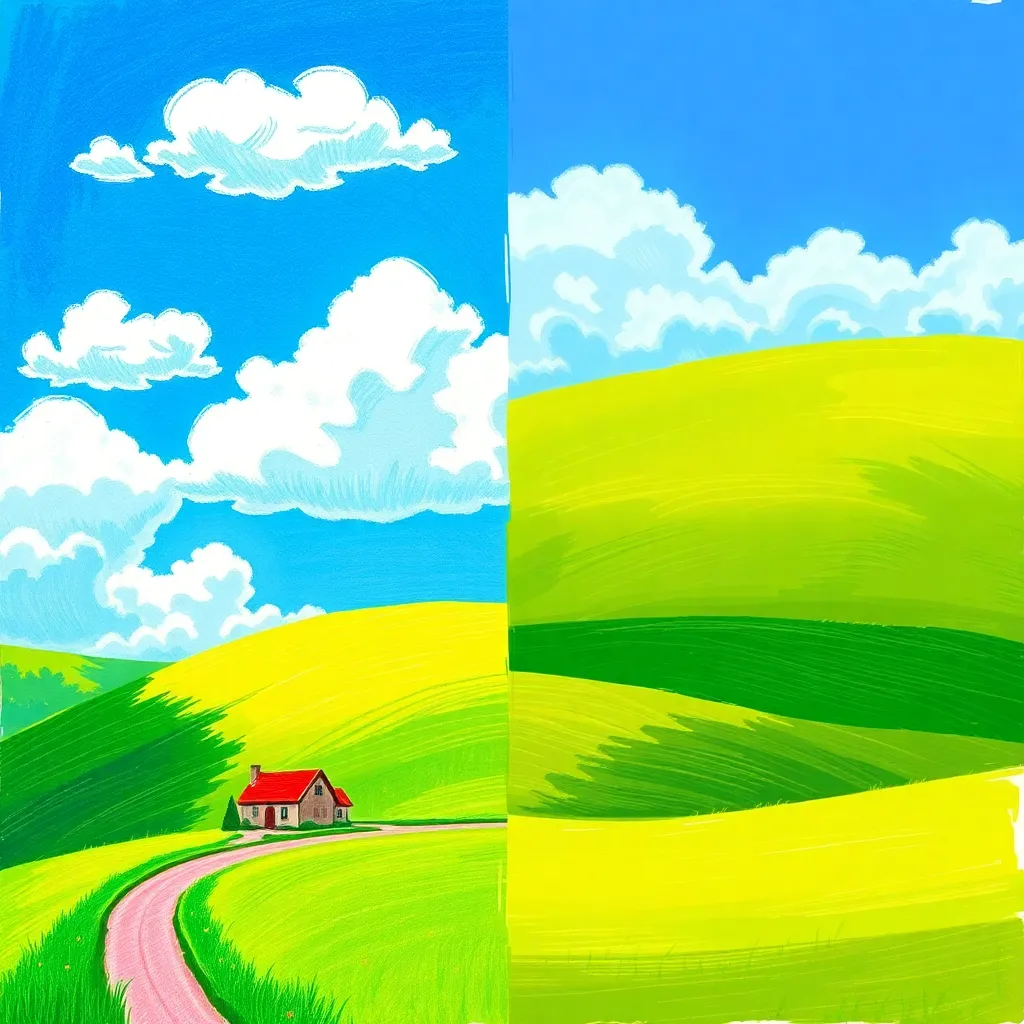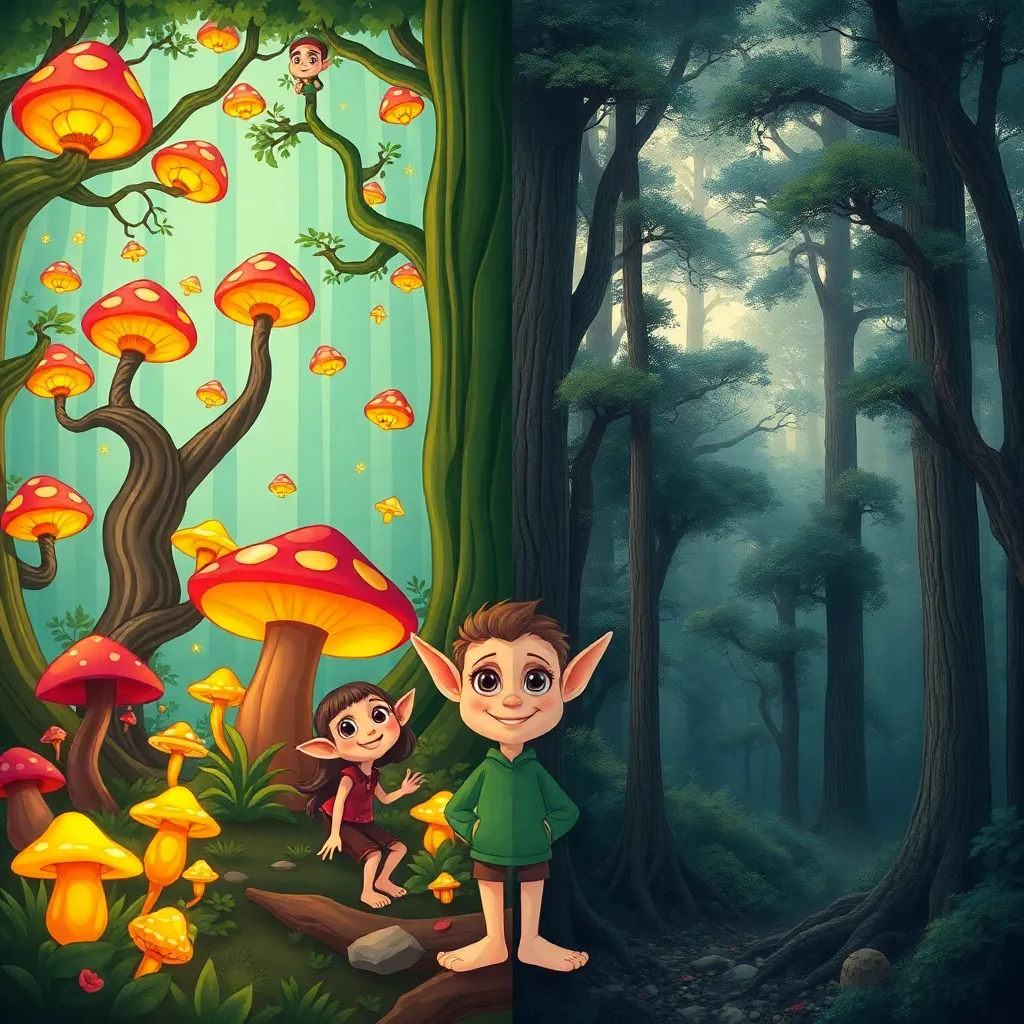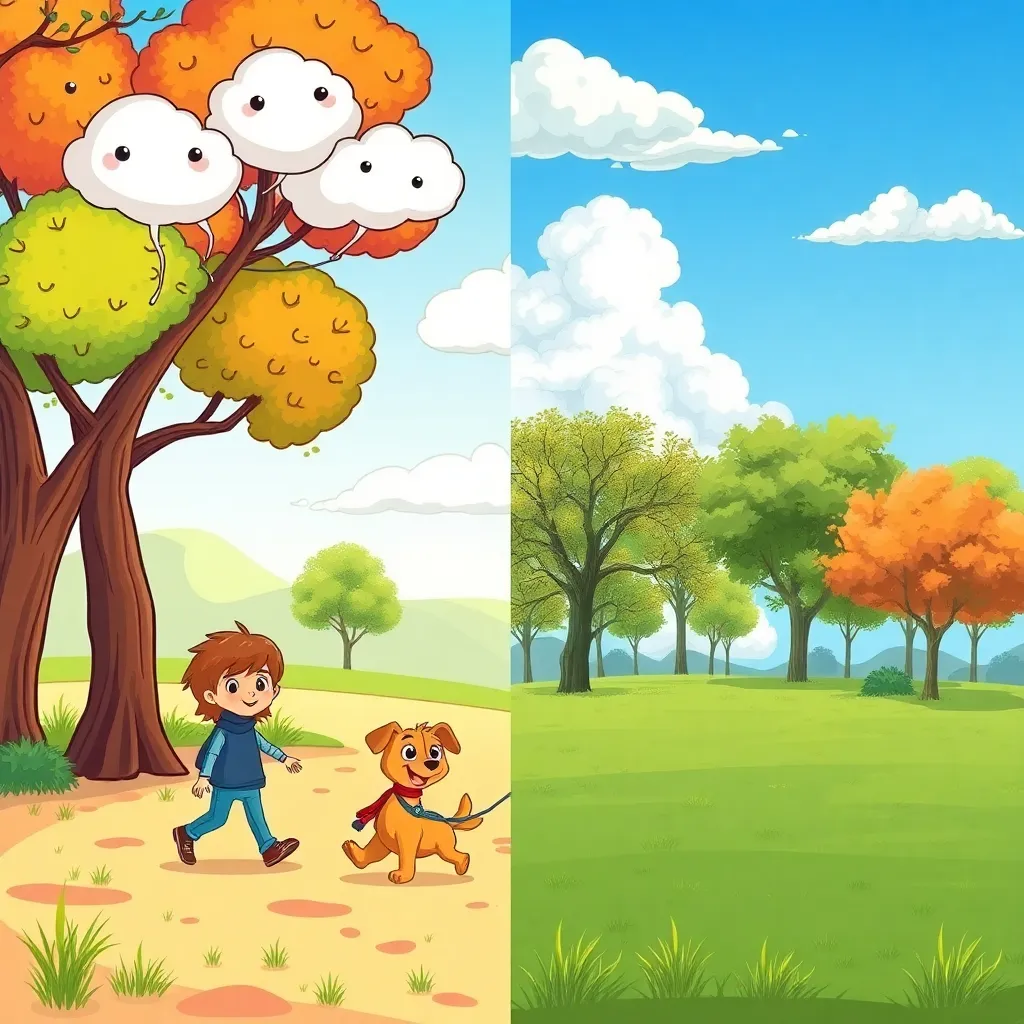
Cartoon Fun AI Image Generator
Cartoon Fun Style is a playful and colorful photo effect that transforms ordinary images into vibrant, animated scenes reminiscent of beloved cartoons. With exa...
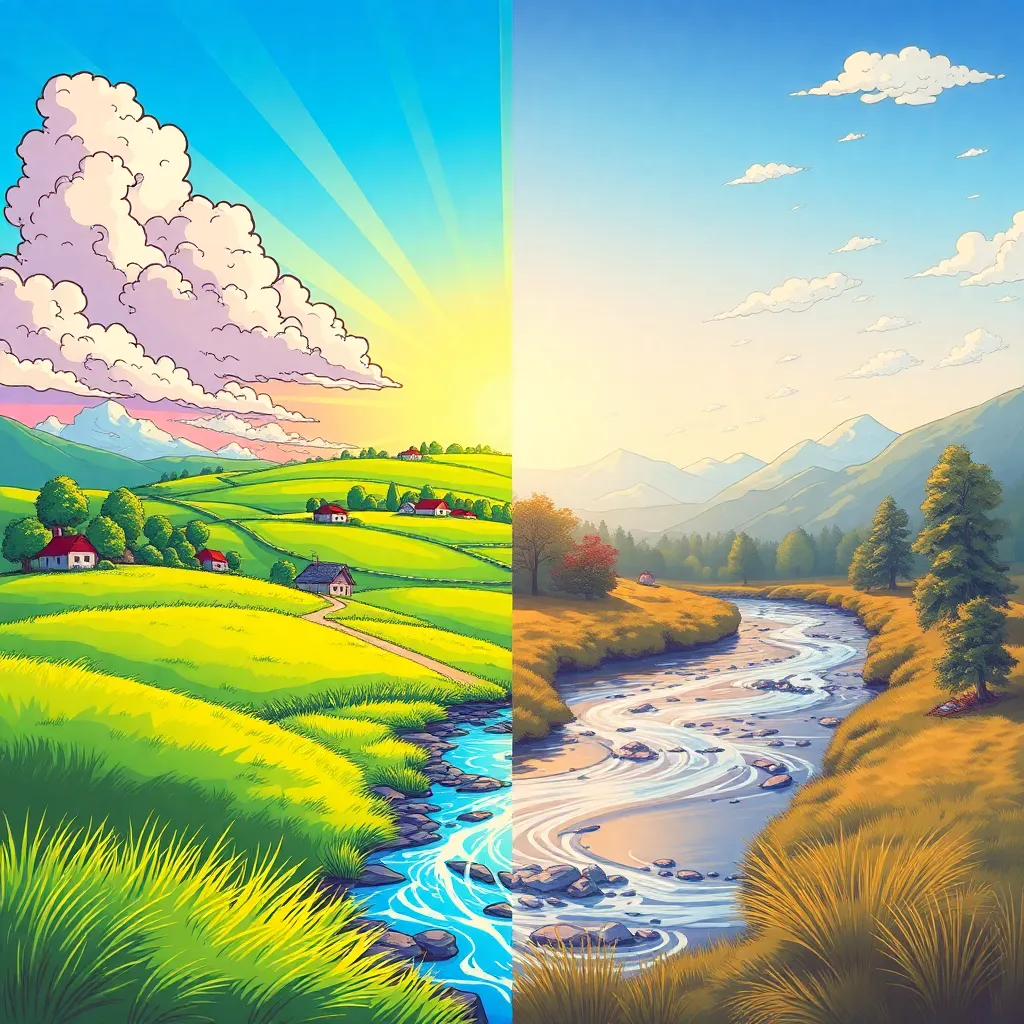
Style
Hypertoon is a dynamic visual effect that transforms photos into vibrant, cartoon-inspired illustrations. Characterized by bold outlines, exaggerated features, and energetic color palettes, Hypertoon style bridges the gap between traditional animation and contemporary digital art. Popular across media, gaming, and social platforms, this style injects personality and energy into any image.
Train AI Image Models
Train a unique character from your own everyday photos, apply the ready to use Hypertoon AI Image Generator to generate interesting and eye-catching images.
Starting point for AI training is set of your images. More images of same character can be added to improve the model.
Apply ready to use styles and effects on pretrained model or use custom prompt to generate images.
Images generated from the pretrained model
Experience the magic of Hypertoon with our AI-powered image generator. Easily convert your photos into eye-catching, animated-inspired illustrations that stand out on any platform. Try it now and unleash your creativity!
Generate Your Own AI Images with Hypertoon Effects
Hypertoon style is a modern digital art effect that turns ordinary photos into striking, cartoon-inspired illustrations. Distinguished by its bold black outlines, exaggerated expressions, and punchy, saturated color palettes, Hypertoon draws its roots from the worlds of American comic books, Japanese manga, and animated TV shows. The name “Hypertoon” comes from combining “hyper”—signifying intensity or exaggeration—with “cartoon,” reflecting the style’s animated essence.
While digital cartoonization effects have existed for years, Hypertoon emerged in recent years as AI-driven tools and apps made it possible to automate the process with remarkable accuracy. This style gained massive popularity on social media platforms like Instagram and TikTok, where artists and everyday users alike embraced its playful, dynamic, and expressive nature. Hypertoon represents the intersection of nostalgia for Saturday morning cartoons and the bold experimentation of modern digital art.
The Hypertoon style has found fans across a wide array of creative fields:
This broad appeal comes from Hypertoon’s ability to inject energy, personality, and a sense of fun into any image, making it suitable for both personal and professional use.
Hypertoon style transforms regular photos into dynamic, stylized illustrations through several key elements:
Bold Outlines: Hypertoon uses strong black or colored outlines around subjects and facial features, which adds definition and makes the image “pop.” This helps separate the subject from the background and gives the image a graphic, hand-drawn feel.
Exaggerated Features: By amplifying facial expressions, eye size, or physical gestures, Hypertoon injects emotion and character into otherwise static photos. This exaggeration draws viewers’ attention and makes the image more memorable.
Vibrant, Saturated Colors: Intense and varied color palettes are a hallmark of Hypertoon, making images feel lively, playful, and full of energy. This is especially striking compared to the subtler hues of traditional photography.
Dynamic Lighting and Shading: Hypertoon often incorporates comic-style shading, including cell-shading and dramatic highlights, enhancing the three-dimensionality and action within the scene.
Stylized Backgrounds: Many Hypertoon images feature abstract or simplified backgrounds that keep the focus on the subject while maintaining a strong sense of visual interest.
Together, these features turn an ordinary photo into a striking work of art that feels right at home in an animated movie or comic book.
Hypertoon’s versatility makes it perfect for a variety of applications, each benefiting from its unique visual flair:
In each case, Hypertoon enhances the image by making it more expressive, energetic, and visually arresting—qualities that draw in viewers and leave a lasting impression.
Conclusion:
Hypertoon style is more than a trend—it’s a bold, expressive way to reimagine photos for the digital age. Whether you’re creating personal avatars, marketing campaigns, or professional illustrations, Hypertoon delivers instant impact, memorable visuals, and a sense of fun that resonates across audiences and platforms. Try it today and transform your images into animated works of art!
Automate your image generation with AI Agents
The Hypertoon style effect transforms photos into vibrant, cartoon-inspired illustrations characterized by bold outlines, exaggerated features, and dynamic colors. It combines elements from animation, comics, and digital art to create images with a lively, playful appeal.
You can apply the Hypertoon effect using specialized AI-based tools and photo editing apps that offer cartoon or illustration filters. These tools use advanced algorithms to detect outlines, enhance features, and apply bold colors for a Hypertoon-inspired look.
Portraits, character shots, group photos, pets, and dynamic action scenes work exceptionally well with Hypertoon style. The effect is especially impactful when applied to images where facial expressions and gestures are prominent.
Yes, Hypertoon style is widely used in professional contexts such as animated movie posters, comic book covers, merchandise design, and branding. It’s also popular for personal avatars and social media imagery thanks to its eye-catching appeal.
Absolutely. While the core of Hypertoon is bold outlines and vibrant colors, artists and users can customize features such as color intensity, outline thickness, and level of exaggeration to suit different themes and preferences.
Let us help you automate your marketing tasks. Our platform allows you to create custom AI chatbots, agents, and workflows that can handle a wide range of tasks, from customer support to content generation.
Generate professional marketing visuals in seconds. Our AI creates stunning images that maintain brand consistency across all your campaigns without expensive design services.
Produce large volumes of customized content efficiently. Create hundreds of images, blog posts, and marketing materials simultaneously with our AI automation workflows.
Train AI models on your brand assets to create unique, on-brand visuals for any campaign. Maintain consistent visual identity across all marketing channels with character training technology.
Cartoon Fun Style is a playful and colorful photo effect that transforms ordinary images into vibrant, animated scenes reminiscent of beloved cartoons. With exa...
Vivid Crayon is a creative photo effect that transforms images into playful, colorful illustrations reminiscent of crayon drawings. With bold lines, textured st...
Fantasy Cartoon Style is a whimsical and vibrant effect that transforms photographs and illustrations into enchanting, storybook-like visuals. Characterized by ...

